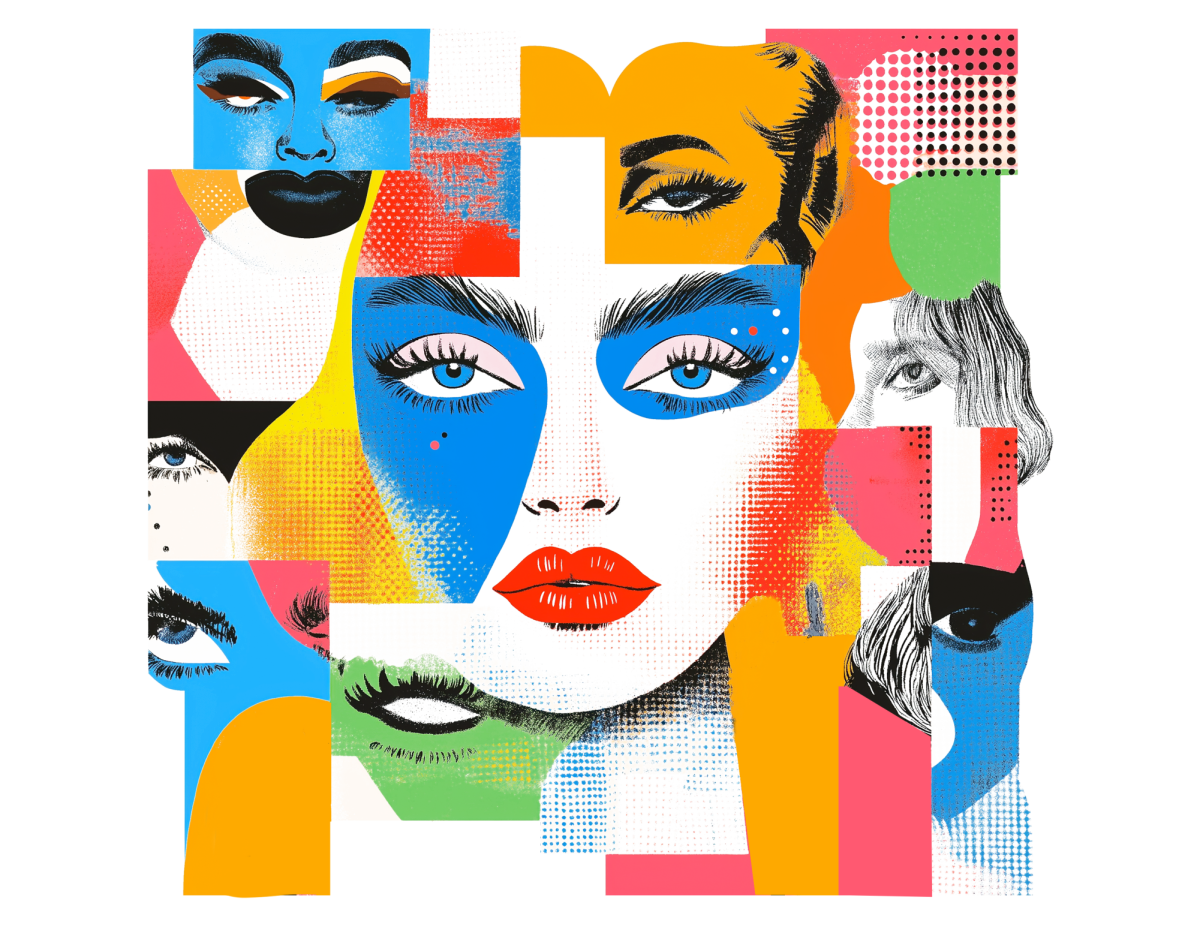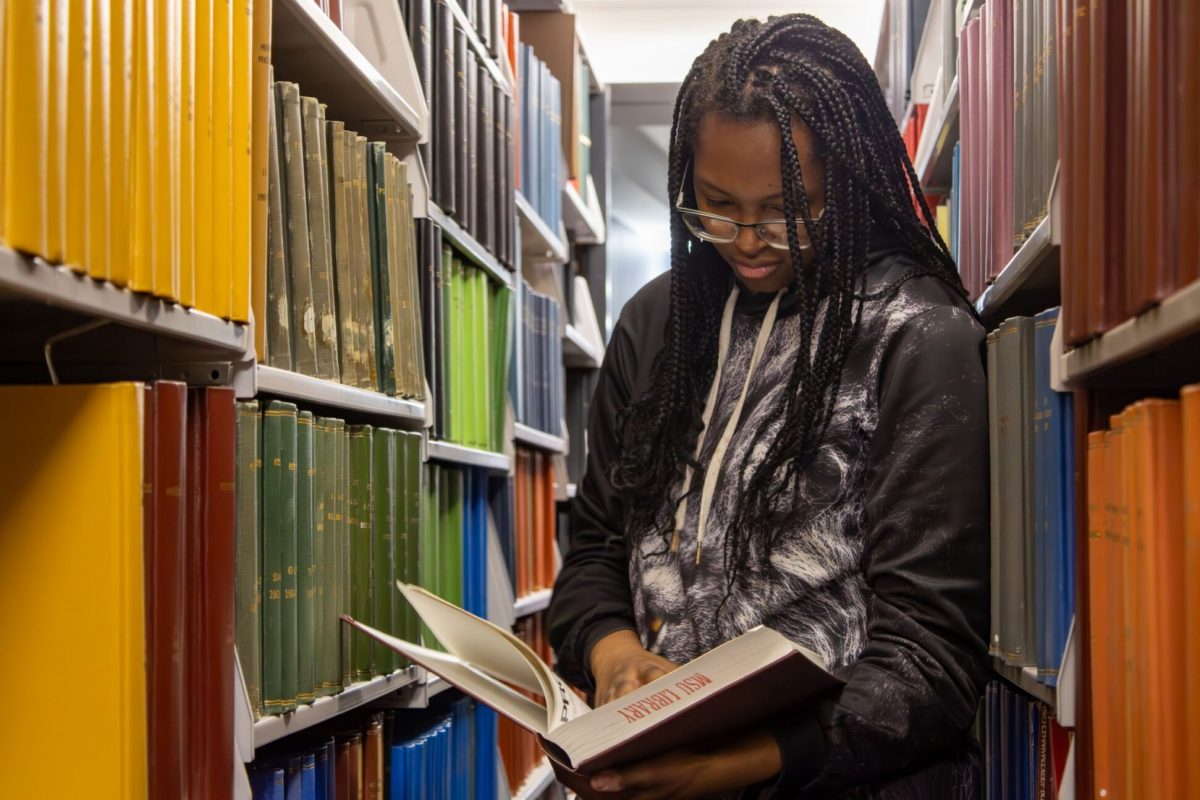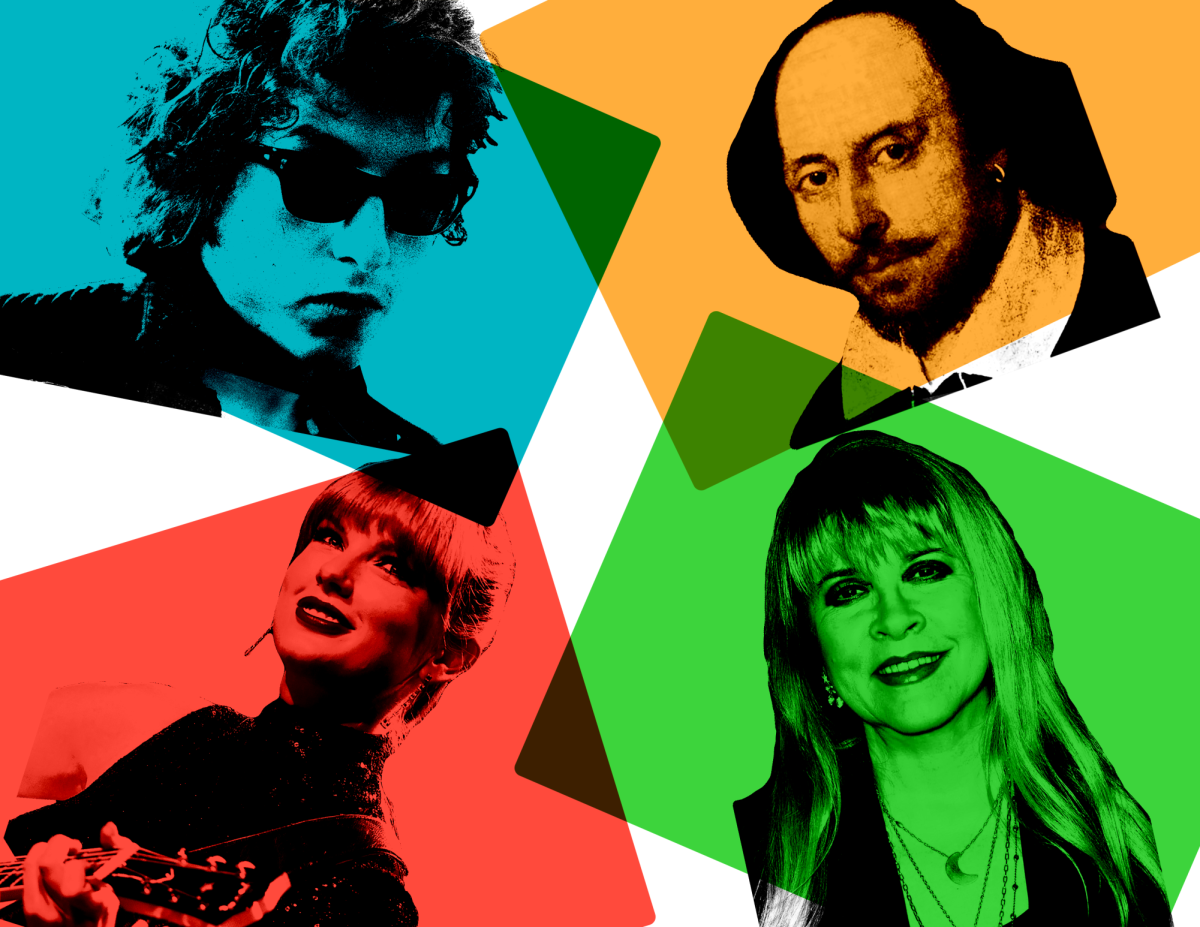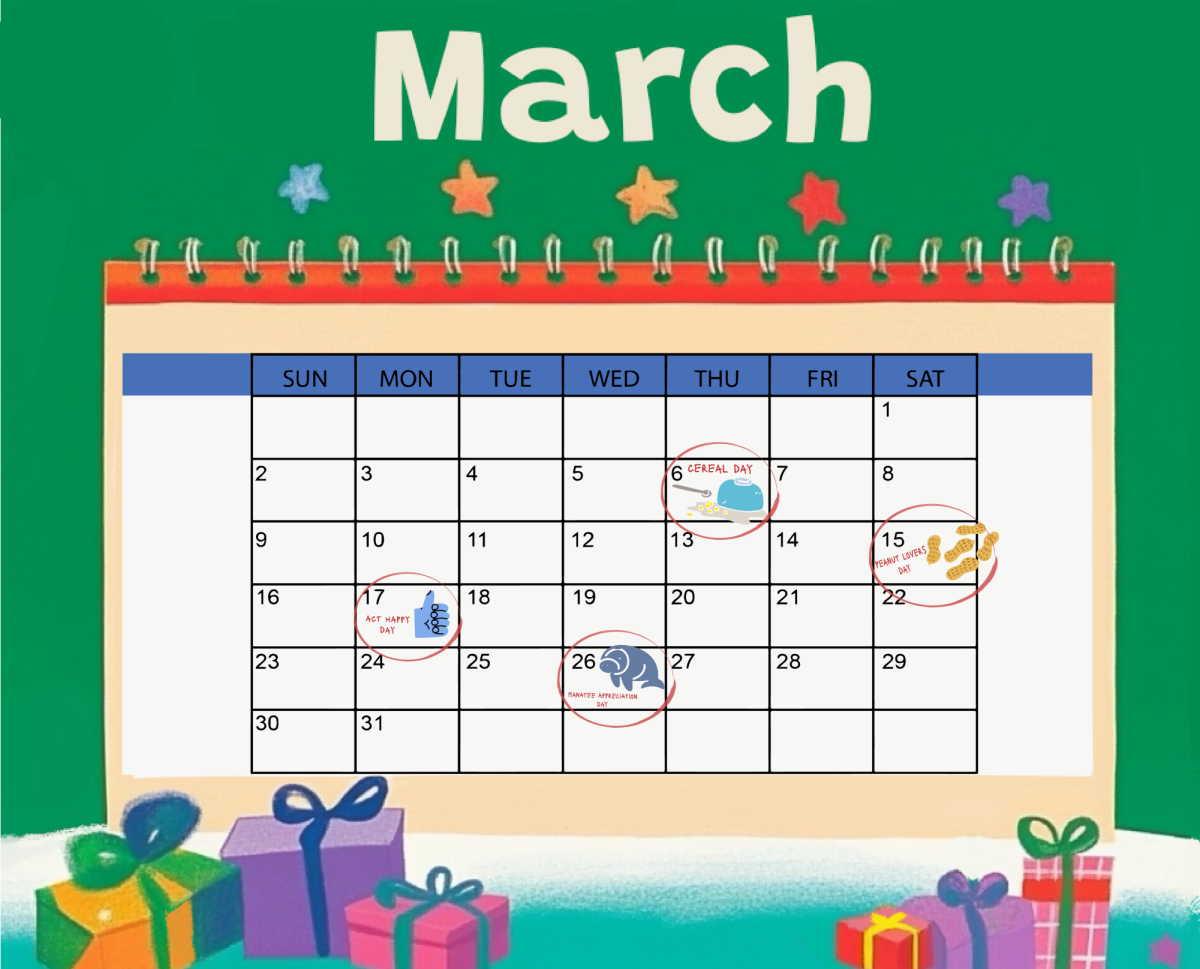As someone who has lived as queer since middle school, I have had my fair share of times where I felt out of place wherever I was, but I always felt welcome in the realm of music. Lady Gaga was one of those artists who reminded me I was not alone, even if it felt that way anytime my headphones were not over my head.
Well-known musical artists/activists like Lady Gaga are essential to the growth and acceptance of the queer community. However, in recent times, many minority groups have had their constitutional rights under attack. Many state representatives are looking to repeal the U.S. Supreme Court’s 2015 Obergefell v. Hodges same-sex marriage ruling, which made it legal for two people of the same biological sex to get married.
With emerging queer artists like Chappell Roan, who just recently rose to the spotlight in 2024 for her unapologetically queer opinions, well-versed lyrics and over-the-top statement outfits, we have a new era emerging of artists who are not afraid to say and do what they want in the face of adversity. Lady Gaga can be added to this group as well with her release of MAYHEM, an album that reflects many of her different eras. Many of these parallel her album “Born This Way” and mimic the same general feel of the songs on that album.
Gaga was one of the first artists to lay the bricks that people now walk on. For example, back in 2011, when Gaga’s song “Born This Way” was released, it made waves in the world, more specifically in the United States, as at the time they had not legalized gay marriage. The song made these waves because of a specific chorus of lyrics: “No matter gay, straight, or bi, Lesbian, transgender life — I’m on the right track, baby I was born to survive.”
This is only the beginning of the chorus, and it is a line that not a lot of celebrities then or even now would incorporate into their songs. The song showed how representation in the media is so important because local voices are not heard nearly as often as the voices of those on the world stage.
These voices matter, especially now when the rights of so many in the United States are being stripped from them with little to no warning outside of news headlines. Having voices like Lady Gaga and Chappell Roan is something we as a collective need when our own voices cannot be heard. We need people who can voice these concerns, when our voices are no longer as powerful as we need them to be.
Gaga, being in the musical space since the 2000s, has the potential to use nostalgia for her past music to benefit those affected by the wayward treatments of the U.S. and other countries. Music is a way to motivate people and something everyone can benefit from — like when you put on your favorite playlist for an important midterm to motivate yourself to study harder. That same principal can be used in the form of nostalgia.
Naomi Hidalgo, a sophomore foreign language major who self-identifies as a Gaga fan and a queer woman, had much to say when it came to Lady Gaga and how she felt about the singer’s 2011 Track, “Born This Way.”
“After hearing the song and watching the music video when the song came out… I definitely think that it played a part in helping the community come out and take action to help themselves and everyone else,” Hidalgo said.
She also mentioned other artists that she felt provided representation, specifically Chappell Roan and Conan Gray. These two are more new age than Lady Gaga, but both are very open with their views and passionate about representation, just within different genres. She also compared Roan to Gaga, saying that she may be the next Gaga. She is right in the sense that they both have that drive of passion for their music and care for their audiences. But due to the newness of their careers and music, nostalgia may be something these artists struggle with harnessing.
When asked if nostalgia had any impact on her, Hidalgo responded with a resounding “yes,” as it was the music she grew up on, specifically noting her memories of her mother listening to Gaga.
“I get really nostalgic listening to Gaga because that’s what I grew up on,” Hidalgo said, “my mom listened to her a lot which made me love her music.”
This sense of nostalgia is not just one that Hidalgo felt, but one Tori Greene, a junior English and foreign language double major, also had experience with.
“Lady Gaga isn’t someone I can feel nostalgic about because I wasn’t exposed to her growing up, but I did love listening to Queen and Freddie Mercury in middle school. I can’t tell you the amount of times I blasted Bohemian Rhapsody and sang the lyrics off-key,” Greene said.
This idea of nostalgia is going back to a simpler time, a memory of the times when you took the simpler times of life for granted. This feeling is what drives people to express these issues, and while it does not work alone, looking back on your life and wanting that simpler time back, can be the push people need to do more. That want for simpler times in times of stress like today, is what can motivate to make a change.
While the late Freddie Mercury is no longer here to push us, the artists from the 2000s and onward are here today to help create motion to change the world. They are here to be beacons of light for those of us who feel underrepresented. Their impacts on the queer community have helped us to get far enough now to allow people like Renee Rapp, Conan Gray, Chappell Roan, and many other modern artists today to pave the road for us. Generations after us can keep going and create an accepting world in which we can live happily as ourselves, no matter who we are on the inside and outside.












